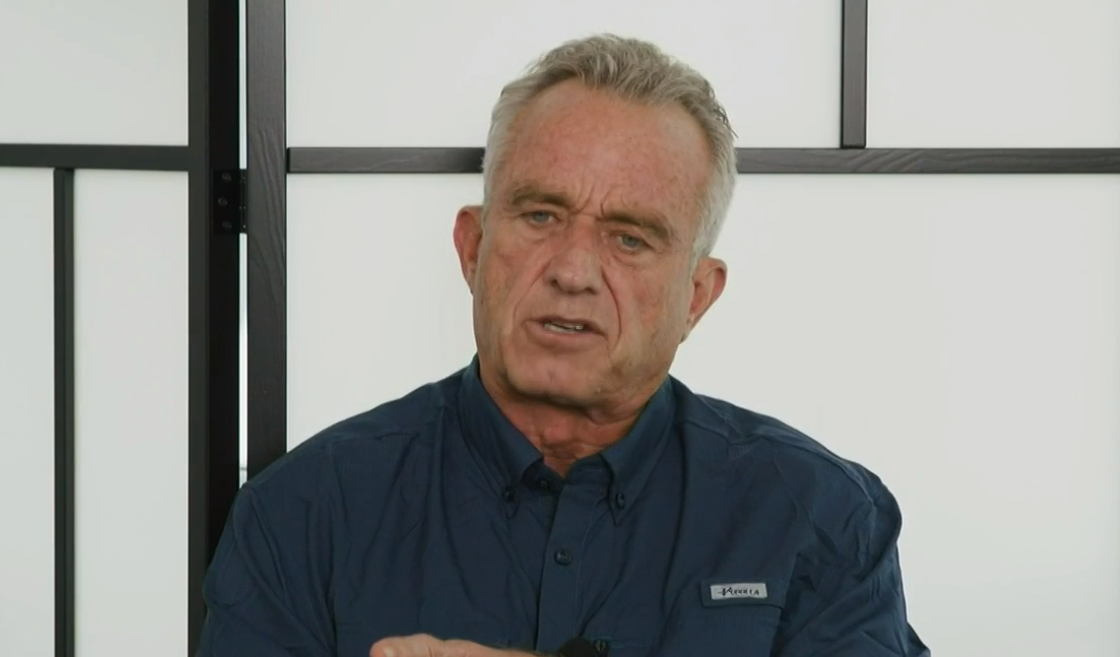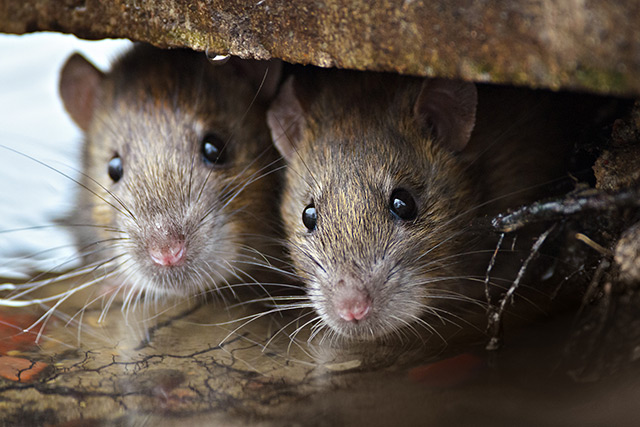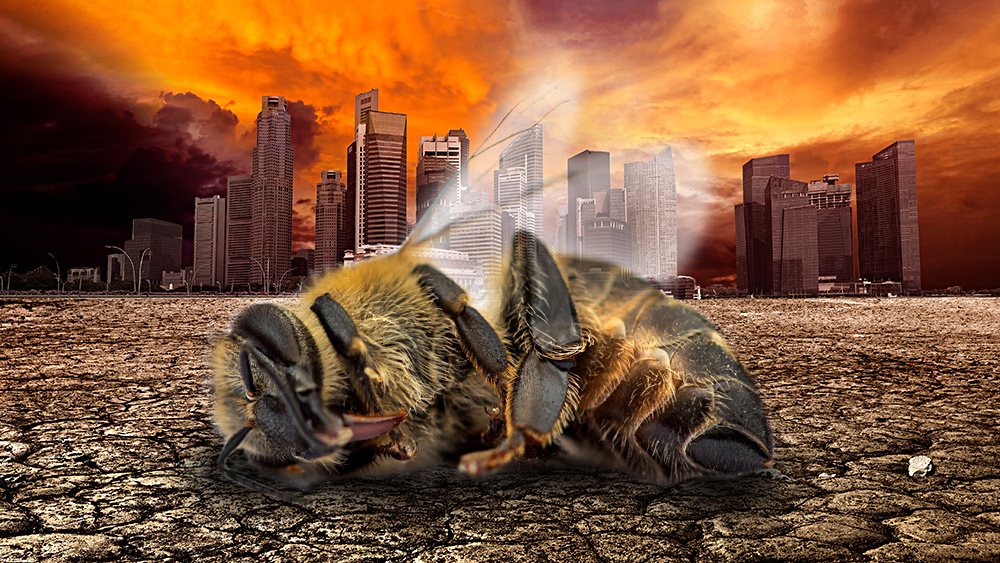“Eco-friendly” brake cables that use soy-based insulation are being EATEN by foxes in England
05/15/2024 / By Ava Grace

Eco-friendly brake cables that use a soy-based insulation instead of the conventional petroleum are becoming a treat for foxes who promptly nibble them.
This phenomenon has caused tens of thousands of dollars in damage and has endangered lives as foxes chew on the antilock braking systems (ABS). It has also prompted car owners to wrap their vehicles in tarpaulins and netting.
Jack Cousens, head of roads policy at the British automobile association AA Limited, said the animals may be attracted to the soy-based insulation on newer brake wires. But according to him, this isn’t the only thing attracting the foxes to the cars.
“There are two reasons why foxes attack cars in this way,” Cousens told the Telegraph. “The first is that some cables can be soy-based and therefore they get attracted to the taste of that.”
“Secondly, within brake fluid, there is something called glycol, which is a sweet-tasting alcoholic fluid, and they get a little bit attracted to that too. But they would only get attracted to it if they chew so far through the cable and uncover it.”
But according to animal psychologist Dr. Roger Mugford, people feeding the animals could be a huge factor as to why foxes snack on the cars’ brake wires. He explained: “Daft people have been feeding foxes and treating them as pets, reducing the fear threshold. They normally steer clear of humans and anything’s been touched by humans but if they are getting food given to them, that’s undermined.”
Britons complain about foxes eating brake wires of their cars
Several Britons whose vehicles fell victim to the wild animals recounted their stories to the Telegraph.
“Everyone around us has been affected. There’s been at least 20 attacks by foxes on the brakes system under cars,” said Eddie Mitchell. He recalled one neighbor of his spending £1,500 ($1,889.40) on their Jaguar vehicle after it was victimized.
Meanwhile, 75-year-old Dr. Dieter Riddall has spent over £2,300 ($2,897.08) repairing his Porsche SUV after foxes struck twice in his community. “The first time, I think they had a party under there. They took out the ABS cable,” he said.
Riddall initially put up netting to keep the foxes out, but this didn’t work so he put up wooden barriers the second time. “It’s a rigmarole,” he lamented.
Thirty-four-year-old Alex Pascal has spent £1,200 ($1,511.52) to correct three attacks on his Hyundai Tucson. He bought an ultrasonic alarm designed to frighten foxes and applied a supposed fox repellent to his car’s cables, but this failed to deter the culprits.
“I put the netting [around] and they got through and chewed the cables again. I had to add metal spikes to keep them away,” Pascal shared. “Once they start to nibble, they like the taste and will keep coming back for more.”
Since 2000, peanut and soy-based oils and waxes have been used on car parts including gearbox insulation, primer bulbs and diesel injector wires, instead of petroleum-based coverings.
However, this shift to a purportedly more “eco-friendly” product has done more harm than good. While the use of petroleum-based coverings deter foxes from chewing on car brake wires, the shift to eco-friendly alternatives only serve to attract the wild animals who deem the coverings as a delicious treat to nibble on. (Related: Study: “Eco-friendly” plant-based drinking straws more harmful than plastic ones due to toxic FOREVER CHEMICALS.)
Check out Environ.news for more similar stories.
Watch geologist Ian Plimer dispelling the “global warming” fairy tale in the clip below,.
This video is from the GalacticStorm channel on Brighteon.com.
More related stories:
Climate change fanatics still trying to ban gas stoves – they’re just doing it quietly now.
Climate expert denounces Biden for forcing GREEN AGENDA on Americans against their will.
Agenda 2030 communicates an EVIL agenda.
Sources include:
Submit a correction >>
Tagged Under:
animals, antilock braking system, brake wires, cars, chaos, Dangerous, Ecology, environment, Foxes, green living, ingredients, insanity, petroleum-based insulation, products, soy-based insulation, transportation, wild animals, wildlife
This article may contain statements that reflect the opinion of the author
RECENT NEWS & ARTICLES
COPYRIGHT © 2017 ENVIRON NEWS




















